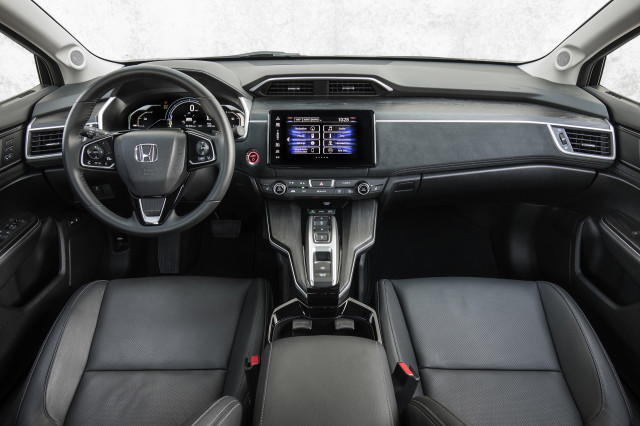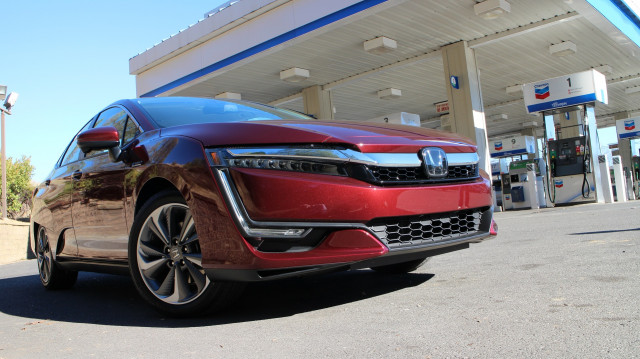Forgive my rampant fanboyism, but Roman Mars’ 99 Percent Invisible is the reason Podcasts were invented. The show is famous for exploring the hundreds of hours of thought that go into the everyday world around us. From Thomassons to a surprisingly moving piece on a light bulb that never goes out, 99PI gives you a look at that 99% of the world that happens behind the scene- but the show rarely delves into the automotive universe that I tend to occupy. That’s why this 99PI episode about the Sinclair C5 is so exciting!
Funded by electronics giant Sir Clive Sinclair and built in the UK, the Sinclair C5 was a three-wheeled, battery-assisted, recumbent tricycle that Sinclair hoped would drastically reduce congestion and pollution in major cities by cutting back on the need for cars. It was a sort of proto-Twike, if you will, and the company actually built enough of the to warrant a TV commercial.
Sinclair C5 TV Commercial
It was a cool little vehicle, and seems very much in tune with the direction that personal transportation is going. Heck, 99PI even tries to make a case for Elio Motors’ trike being sort of a spiritual successor to the Sinclair C5.
I mean, both Twike and Sinclair actually delivered a number of cars to customers, but they all have three wheels, and 99 Percent Invisible isn’t really a car show. You know what I’m saying?
You can listen to the full 99 Percent Invisible mini-episode about the Sinclair C5 by clicking here. The podcast is at the bottom of their page, and the link has a bunch of great videos and pictures of Sinclair’s little velo for you to peruse while you listen. Check it out, and let us know what you think of 99PI and the Sinclair in the comments. Enjoy!
Source | Images: 99 Percent Invisible, the Telegraph.








![2018 Honda Clarity Plug-In Hybrid [photo: owner 'Viking79'] 2018 Honda Clarity Plug-In Hybrid [photo: owner 'Viking79']](https://images.hgmsites.net/med/2018-honda-clarity-plug-in-hybrid-photo-owner-viking79_100637732_m.jpg)














